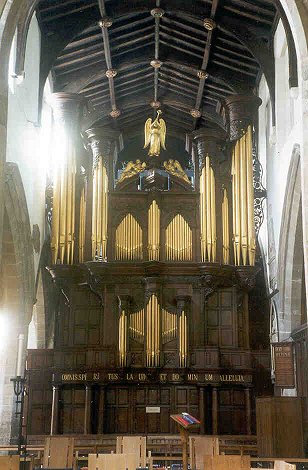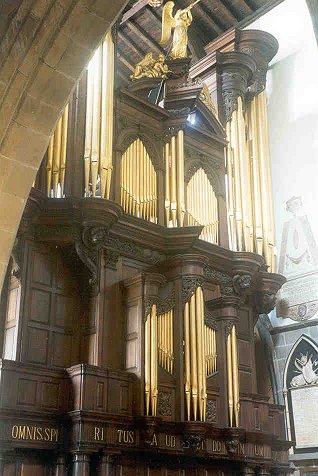 |
The first recorded instrument for St
Nicholas'
Parish Church was built in about 1670 by the older Harris, comprising
just
Great and Choir, with 17 stops. The Harris double fronted casework
still
remains, the distinctive east case design surviving as the central
section
of the present transept front, whilst the Harris west front now faces
east
into St George's Chapel.
The organ was rebuilt as a 3 manual
instrument
in 1767 by Snetzler. Further significant work was carried out by Wood,
Small & Co.of Edinburgh (1814), Bruce (1839) and John
Nicholson
of Newcastle (1844), resulting in a 28 stop instrument including two
pedal
ranks. In about 1880 Lewis made what was essentially new organ
incorporating
older material - a substantial 4 manual instrument with 58 stops and
tubular
pneumatic action.. The Great contained a typically virile Lewis chorus,
from Double Open through to seven ranks of Mixtures. Just 31 years
later,
after St.Nicholas's became a Cathedral, Harrison & Harrison rebuilt
the instrument in Edwardian style, moving the physically separate
unenclosed
Choir division closer to the console, and adding a handful of stops.
The
same firm did further work in 1954.
|
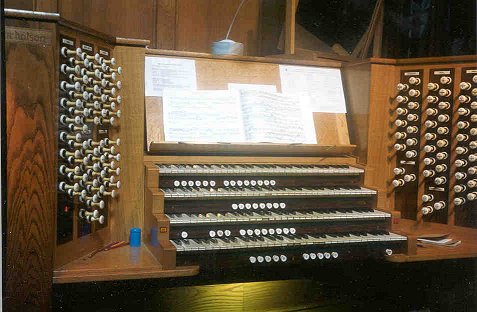
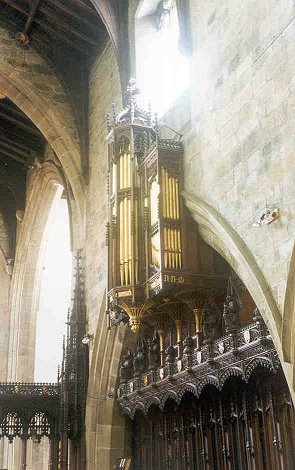
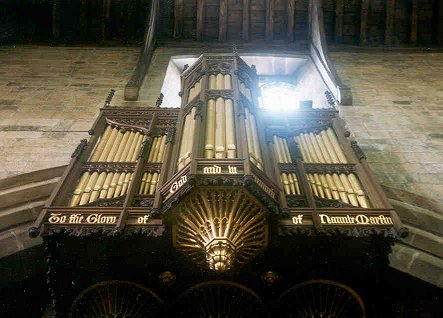
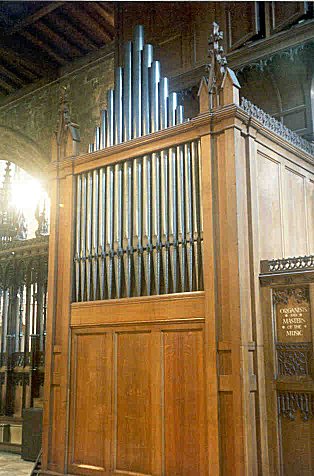 ..........
..........